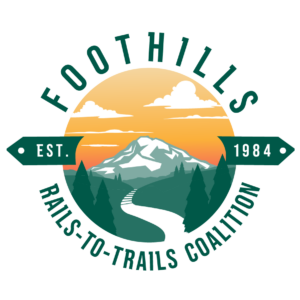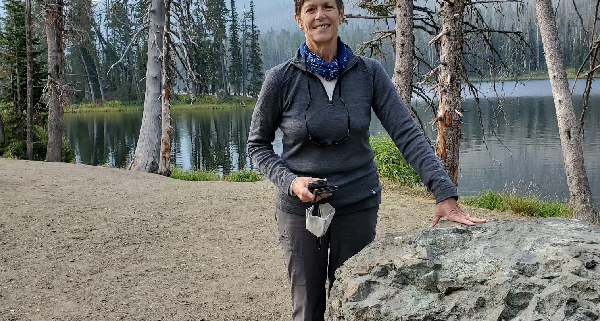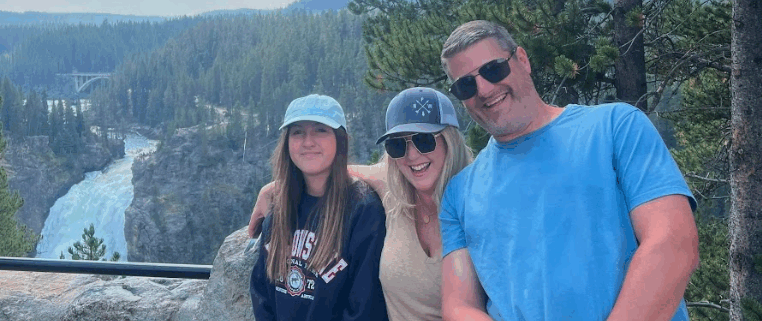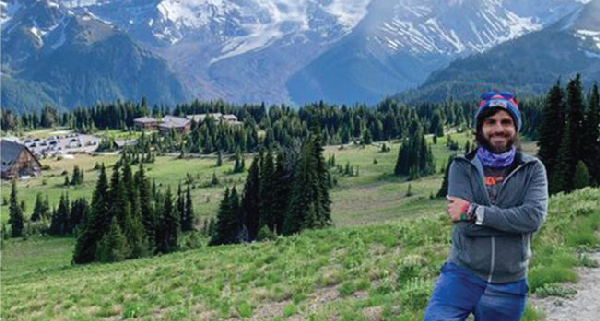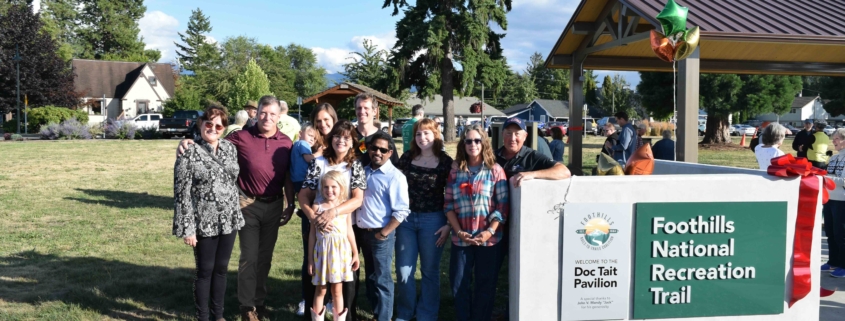Reposted from Original Publication in the June 2023 edition of the Trail Line News in honor of former Board Member Pat Johnson.
As a Buckley native, the Foothills Trail has been a part of Pat Johnson’s life for decades. Before becoming the recreational trail we know it as today, the Foothills Trail was a series of railbeds cutting through towns that had formerly prospered from the mining and lumber industries. Johnson lived in Buckley as a court battle ensued over the tracks’ right of way, which was eventually awarded to the City.
“Doc Tait would round up people to help clear a primitive path on this new found City-owned property and I attended several work parties,” Johnson said. “The Foothills Coalition was looking for a few new board members especially for women. They asked me if I would take an active role on the Board and I said yes. That was about 25 years ago.”
Johnson added that whenever she sees a chance for improvement in her community, she tries to get involved. The proof is in her resume – during her time on the Foothills Coalition board, she served as a member of the Buckley City Council and the Mayor of Buckley – a position she held for 16 years, and during which, saw its positive impact on the local community.
“People are looking for things to do with families,” Johnson said. “The trails are safe pedestrian corridors. Walking is one of the best exercises that you can do. The trails are free. Who needs to pay a gym membership when you have a trail to walk on?”
Her favorite way to enjoy the trail throughout the years has been walking.
“Walking is slower than a bike ride and you can really hear the birds, eagles flying overhead, smell the grass and trees after it has rained,” she said. “You feel relaxed, sometimes exhausted but always ready for the next challenge of the day.”
And, in Buckley, in part under her leadership, Johnson has seen the Foothills Trail become much more than just a place for a walk and spend time with friends and family.
“In Buckley, the trail is the new Main Street. It’s our largest park and the cheapest park to manage. We have concerts in the summer, our skate park, library, museum, and youth center are all along the trail,” Johnson said.
And like many who serve and support the Trail, Johnson is looking forward to the potential the Foothills Trail has in both the near and long term future.
“The bridge across the White River into Buckley so you will soon allow trail users to ride a bike from Enumclaw to Puyallup,” she said. “Someday King County hopes to take the trail and connect to the Cedar River Trail. From there the sky is the limit!”
